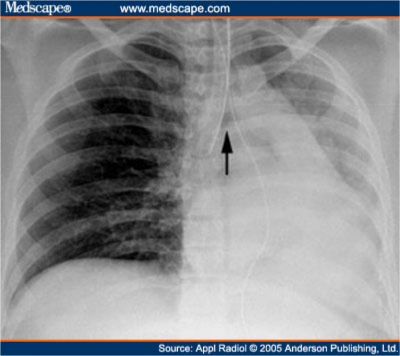2014 Proper Endotracheal Tube (PET) Detector
Client: John T. Li, MD, Pediatric Critical Care Physician, UCSF Benioff Children’s Hospital
Team: Vivian Shen, Toan Nguyen, Helen Park, Derek Liu

Purpose:
Establishment of an airway is a critical step in emergency care. This involves blindly placing an endotracheal tube (ETT) within a very narrow margin of error. According to, 52.6% of paramedics failed to achieve proper oxygen saturation using ETT’s(2). Bronchial intubation is the most frequent cause of oxygen desaturation (42%), so devices to establish rapid, accurate placement of the ETT are critical. Accurate depth placement, defined along the longitudinal axis as below the clavicles and above the carina, can only be verified using x-ray. The gold standard x-ray is time-consuming, expensive, exposes the patient to radiation, is subject to interpretation, and is not portable for use in the field. Measuring carbon dioxide concentration by capnography or using a CO2 sensitive colorimeter is useful for avoiding insertion into the esophagus, but does not provide the information about depth placement that the x-ray does. Mainstem intubation leads to rapid oxygen desaturation that is undetected by capnography in 88.5% of the cases presented(1). This project seeks to create a portable device that, in a timely manner, communicates accurate placement of an endotracheal tube (ETT) relative to the clavicles and carina, useable in all emergency out-of-hospital settings.
1) McCoy, E. P., W. J. Russell, and R. K. Webb. “Accidental Bronchial Intubation.” Anaesthesia: Journal of the Association of Anaesthetists of Great Britain and Ireland, 22 Dec. 2003. Web. 01 Oct. 2014.
2) Reinhart, D J, and G Simmons. “Comparison of placement of the laryngeal mask airway with endotracheal tube by paramedics and respiratory therapists.” Annals of emergency medicine 1994 : 260-263. Print.


